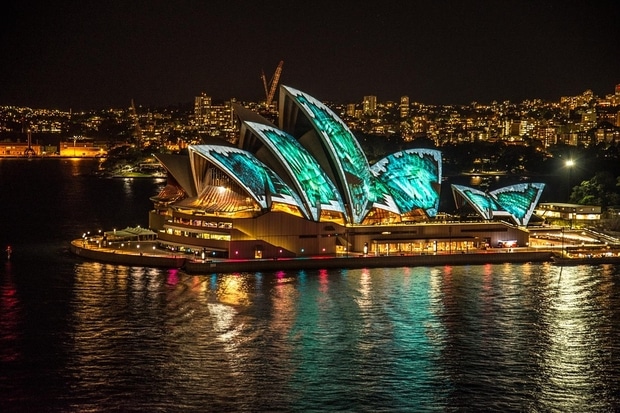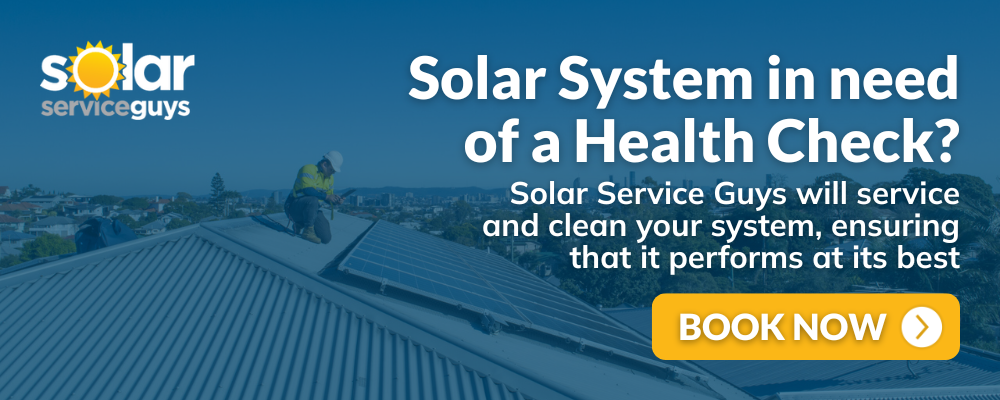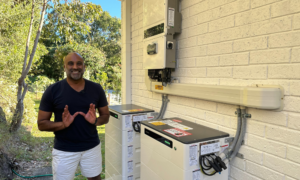With eyes fixed on the three decades into the future, the New South Wales Government is looking at a potential situation where consumption and energy use don’t mean an increase in carbon emissions.
If, as a society, we were to change the way we think about our actions now, the benchmark to hit net zero emissions by 2050 would be achievable – according to the Department of Planning Industry and Environment.

This goal is ambitious and takes courage for government bodies to make clear and concise actions for the future. It’s something that the energy sector has been craving for a long time, as other states around Australia already locked into these targets.
How NSW plans to cut carbon emissions
The NSW Government is hopeful that its Stage 1 release in 2020 to 2030 (to be released in mid-March) will cut down emissions by up to 35 per cent – based on 2005 levels. Over the next 10 years, it’s hoped that the road to this benchmark will create more than 2,400 new jobs in the industry, and push for $11.6 billion in investment.
Two-thirds of this will be distributed to regional areas where it’s needed the most, while households can expect to cut $40 a year off their energy bills.
Currently, the plan for achieving net zero carbon emissions by 2030 is made up of four components:
- Increase uptake of reduction strategies and technologies.
- Inspire consumers and businesses to make ‘cleaner’ and ‘smarter’ choices about sustainability.
- Invest in future waves of innovations that allow for emissions reduction.
- Make sure the NSW Government acts as a leading example.
A majority of this influence to the market in NSW will be pinpointed in the first priority listed above. This also includes the state and federal governments’ agreement to expedite the delivery of NSW’s first-ever renewable energy zone. It will also see out the creation of two more, spanning across a potential 17.7GW of energy.
Within this pipeline, the expansion of transmission lines is also expected to roll out across regions that will open new doors to the grid. These developments include both solar panels power and wind farms.
Meanwhile, ageing generators will be swapped out across the central west over the next 20 years.
The total investment is expected to hit $23 billion of private sector funding, which will be utilised across projects in areas that carry the likelihood of 2,000 new annual construction jobs.
The announcement comes years after other states across Australia also committed to similar net zero carbon emission goals.















































